South Korea packs an incredible amount of experience into its modest geography. From ancient temples nestled against modern skyscrapers to culinary adventures that range from street food to fine dining, the country offers endless opportunities for travelers who want to maximize their time. The compact nature of many Korean cities and excellent transportation networks make it possible to experience diverse activities all within a single day.
Here is a list of 15 destinations across South Korea where you can enjoy varied experiences without wasting precious vacation time on lengthy travel between attractions.
Seoul’s Gangnam District
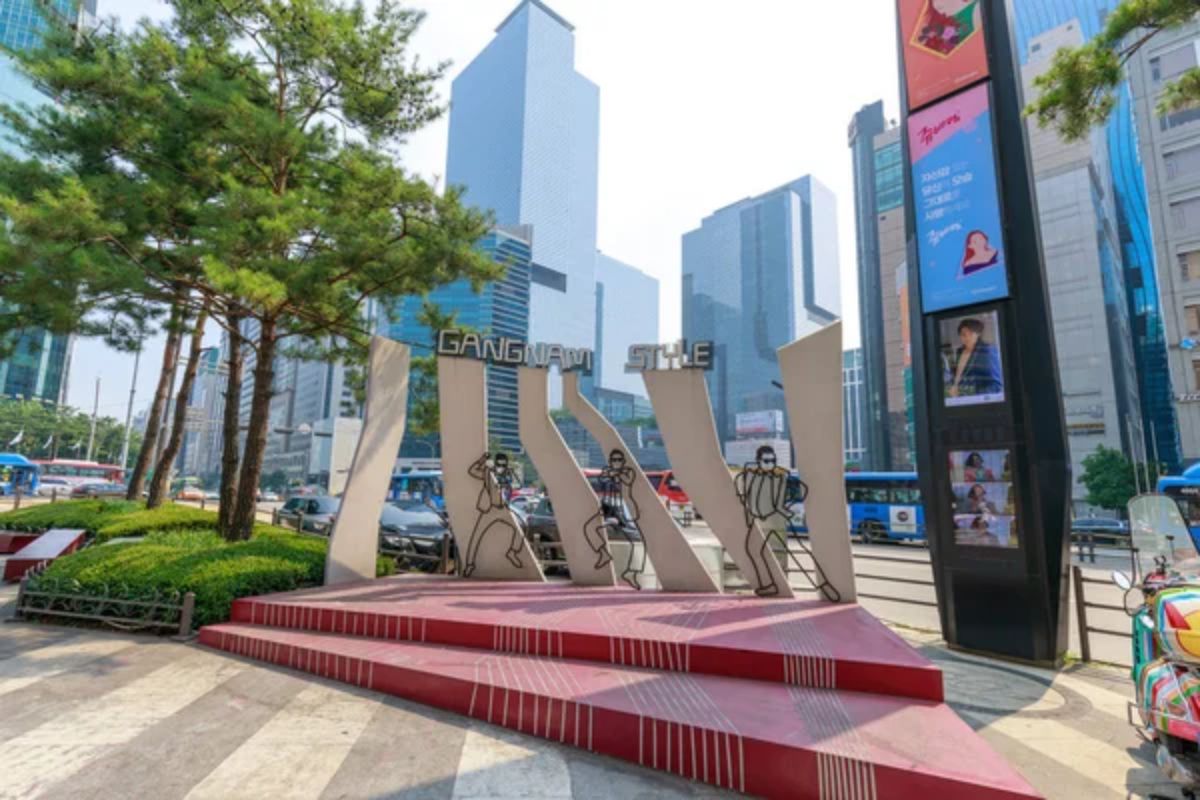
This globally recognized neighborhood offers a perfect blend of shopping, dining, and entertainment, all within walking distance. The underground shopping centers at Gangnam Station connect to above-ground luxury department stores like Galleria, while the nearby COEX Mall houses an aquarium, library, and countless dining options.
Evening visitors can experience Gangnam’s famous nightlife scene, moving from traditional Korean BBQ restaurants to stylish rooftop bars within minutes. The district’s efficient subway connections mean you can easily pivot to historical sightseeing at nearby Bongeunsa Temple when you need a break from urban energy.
Busan’s Haeundae Area
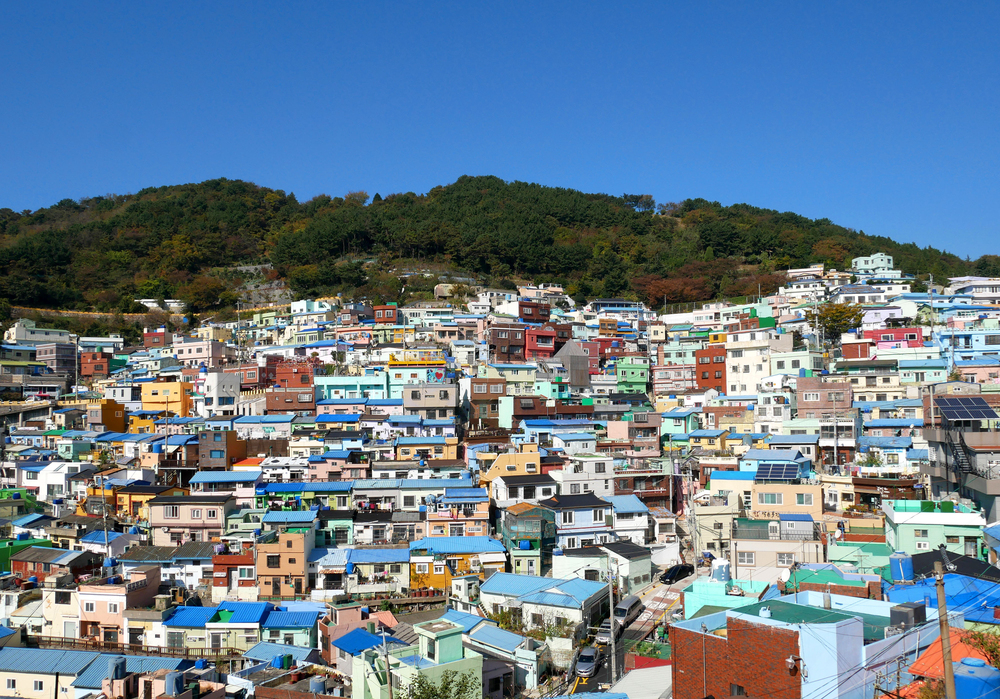
This coastal district combines beach relaxation, shopping, and cultural exploration in one vibrant package. Start your morning with sunrise views at Haeundae Beach before exploring the SEA LIFE Busan Aquarium located right on the beachfront.
The Haeundae Market sits just blocks away, offering authentic street food experiences alongside souvenir shopping. As evening approaches, ride the short bus to nearby Dalmaji Hill for sunset views, then return to the beach area, where seafood restaurants and nightlife venues light up the coastline.
The neighborhood’s compact layout means you’re never more than 15 minutes from completely different experiences.
Like Travel Pug’s content? Follow us on MSN.
Jeju Island’s Eastern Circuit
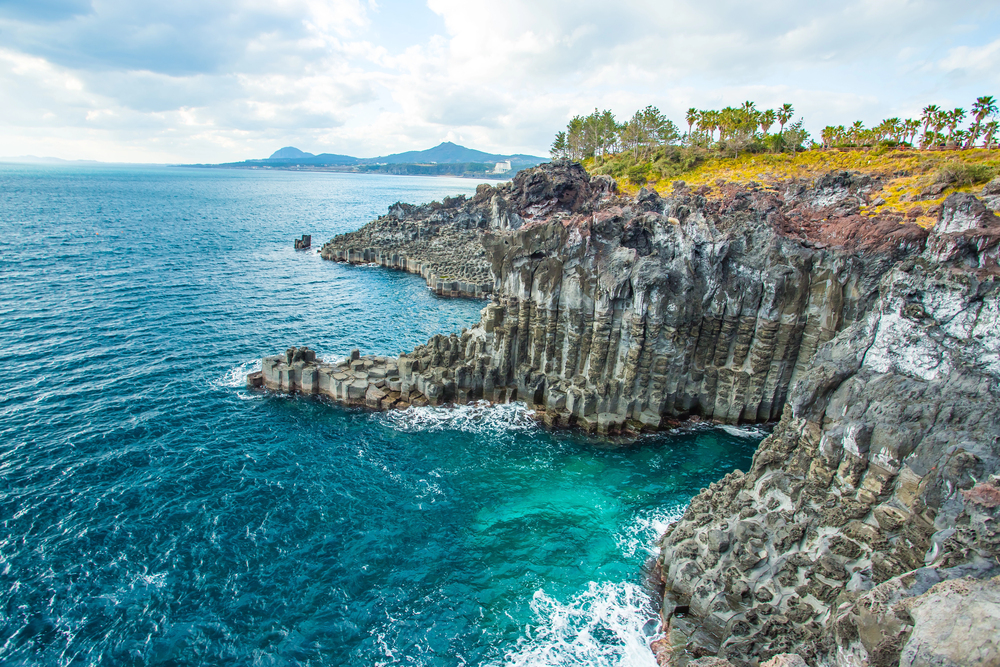
The eastern portion of Korea’s largest island offers natural wonders, cultural experiences, and outdoor adventures in surprising proximity. Begin at Seongsan Ilchulbong Peak with a morning hike to its crater summit, then visit the adjacent Haenyeo Museum to learn about Jeju’s female free divers.
Drive 20 minutes to reach Seopjikoji’s dramatic coastal scenery, followed by the fascinating lava tube system at Manjanggul Cave just north. The eastern region packs diverse ecosystems, cultural sites, and culinary destinations into an area navigable within a single ambitious day.
The coastal roads connecting these attractions offer stunning ocean views throughout your journey.
Gyeongju Historic Areas
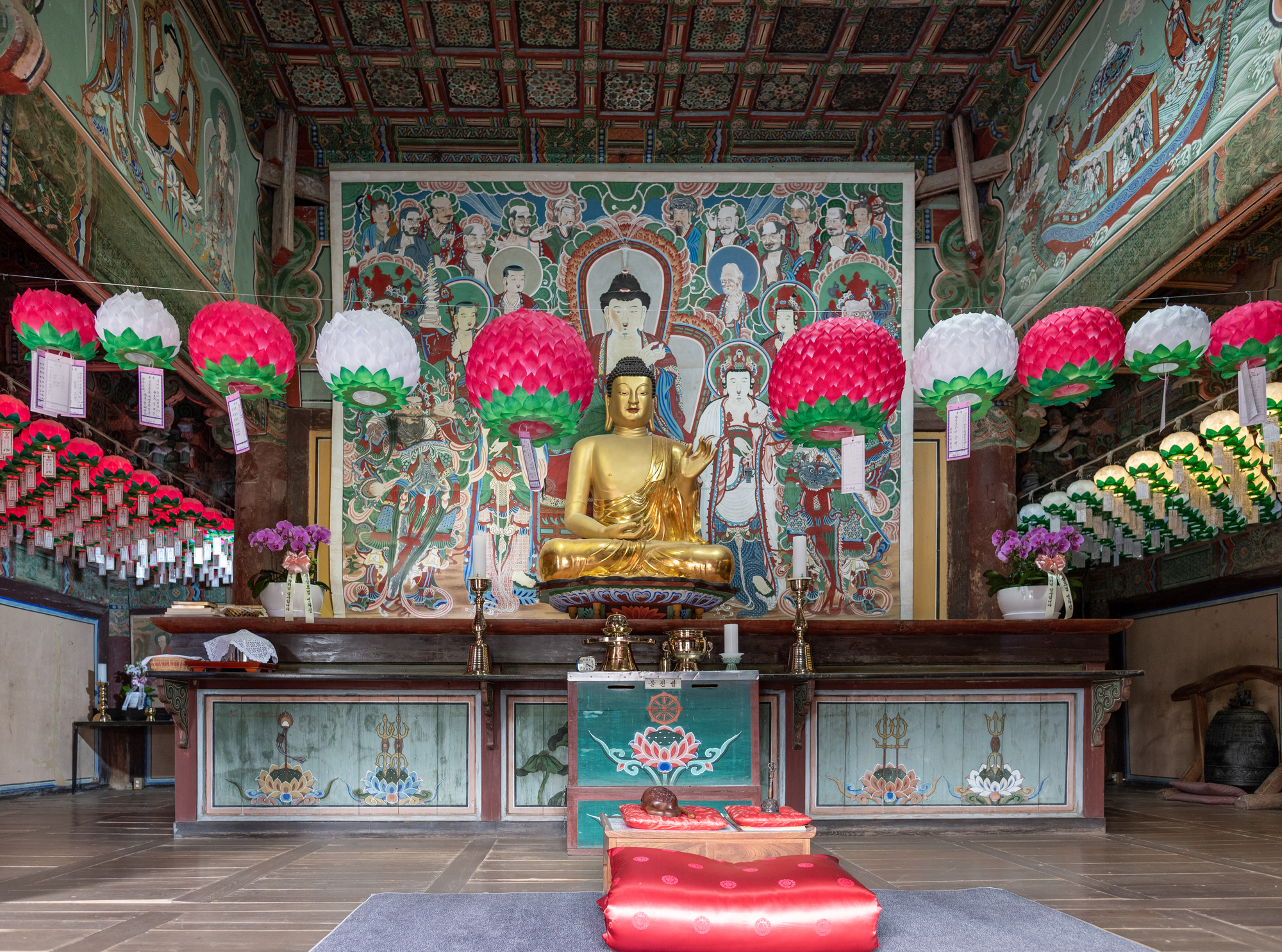
Often called “the museum without walls,” this ancient capital city concentrates Korea’s history in an easily navigable area. The main historic district contains Tumuli Park with its ancient royal tombs, Cheomseongdae Observatory, and Anapji Pond, all within a 15-minute walking radius.
Visitors can cycle between these UNESCO World Heritage sites and still have time to explore Bulguksa Temple and Seokguram Grotto in the afternoon. The city’s relatively small size allows travelers to experience thousands of years of Korean history, from Silla Dynasty artifacts to colonial architecture, within a single day.
The centrally located Gyeongju National Museum provides historical context for everything you’ll see around town.
Jeonju Hanok Village
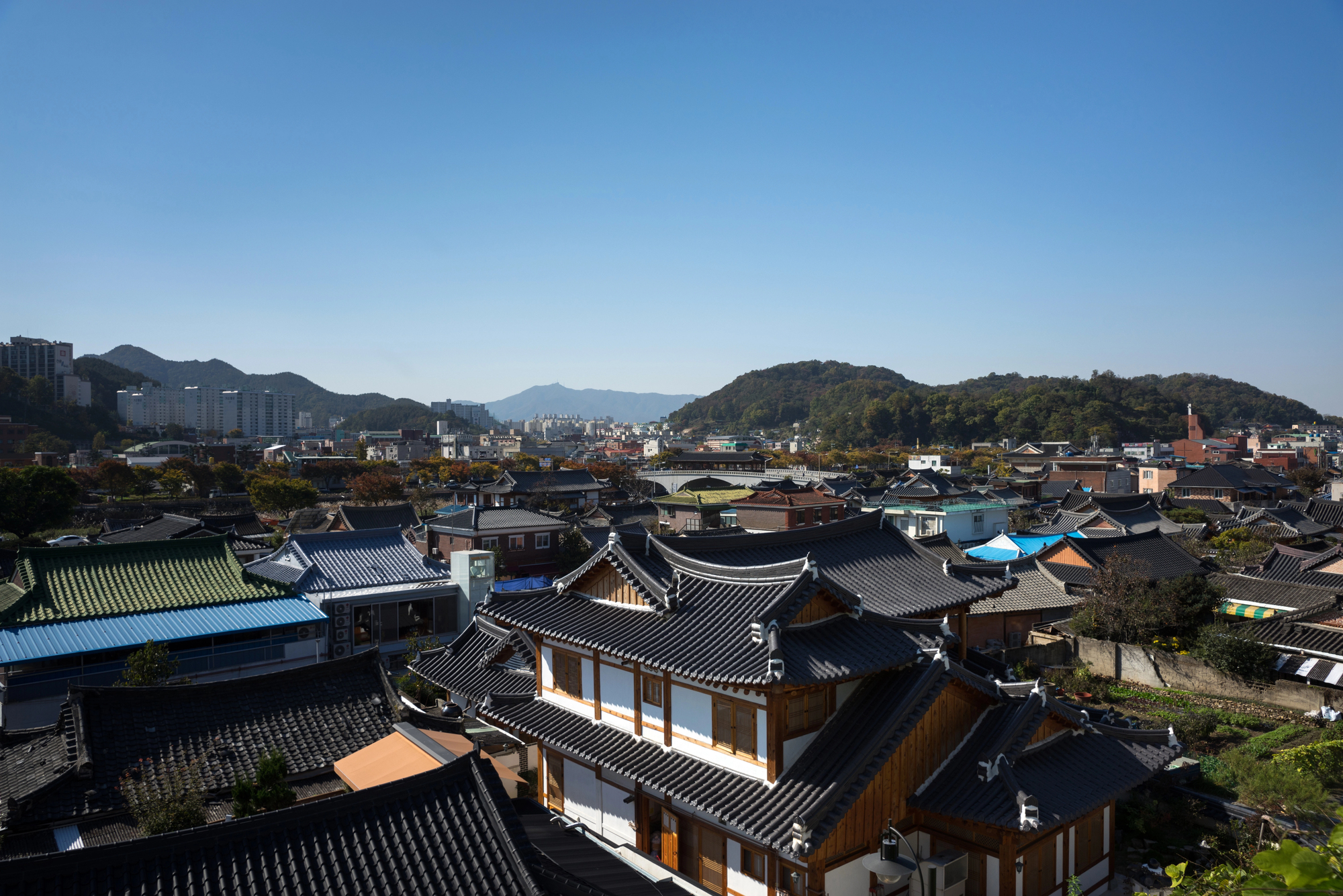
This traditional Korean village offers cultural immersion alongside modern attractions in one concentrated area. The 700+ traditional hanok houses contain museums, craft workshops, and restaurants serving the city’s famous bibimbap.
Within the same neighborhood, visitors can don traditional hanbok clothing, participate in traditional paper-making, and sample makgeolli rice wine at local breweries. The village’s compact layout means you can experience authentic Korean traditions, photography opportunities, and culinary adventures without ever needing transportation between activities.
Evening visitors enjoy the magical atmosphere when traditional lanterns illuminate the narrow alleyways between historical homes.
Like Travel Pug’s content? Follow us on MSN.
Suwon Hwaseong Fortress
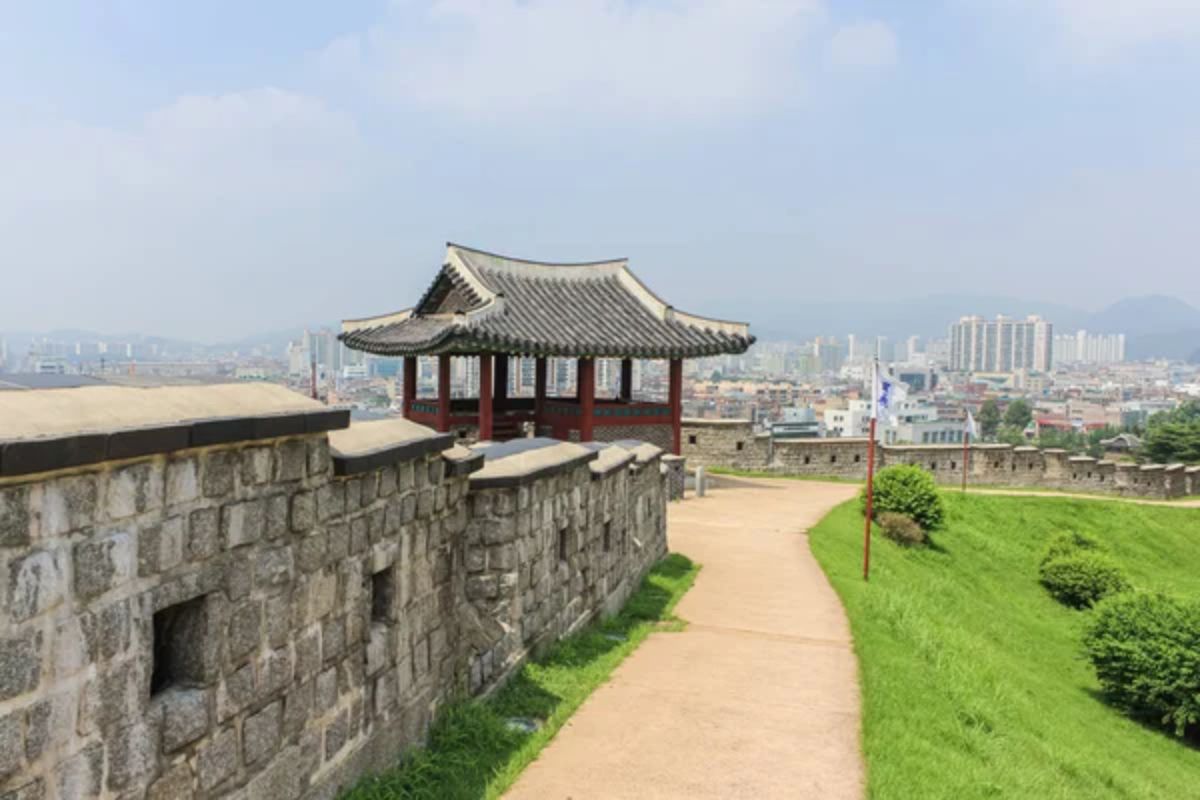
This UNESCO-listed fortress combines historical exploration with modern urban attractions in one connected complex. The complete fortress wall circuit can be walked in under two hours, passing through four main gates and numerous military structures.
Adjacent to the eastern gate, Haenggung Palace offers royal architecture exploration, while the nearby Hwaseong Museum provides historical context through interactive exhibits. Just outside the fortress walls, modern Suwon City offers contemporary shopping and dining options.
The area’s tourist trolley connects major sites for those who prefer not to walk between attractions.
Daegu’s Dongseongno District
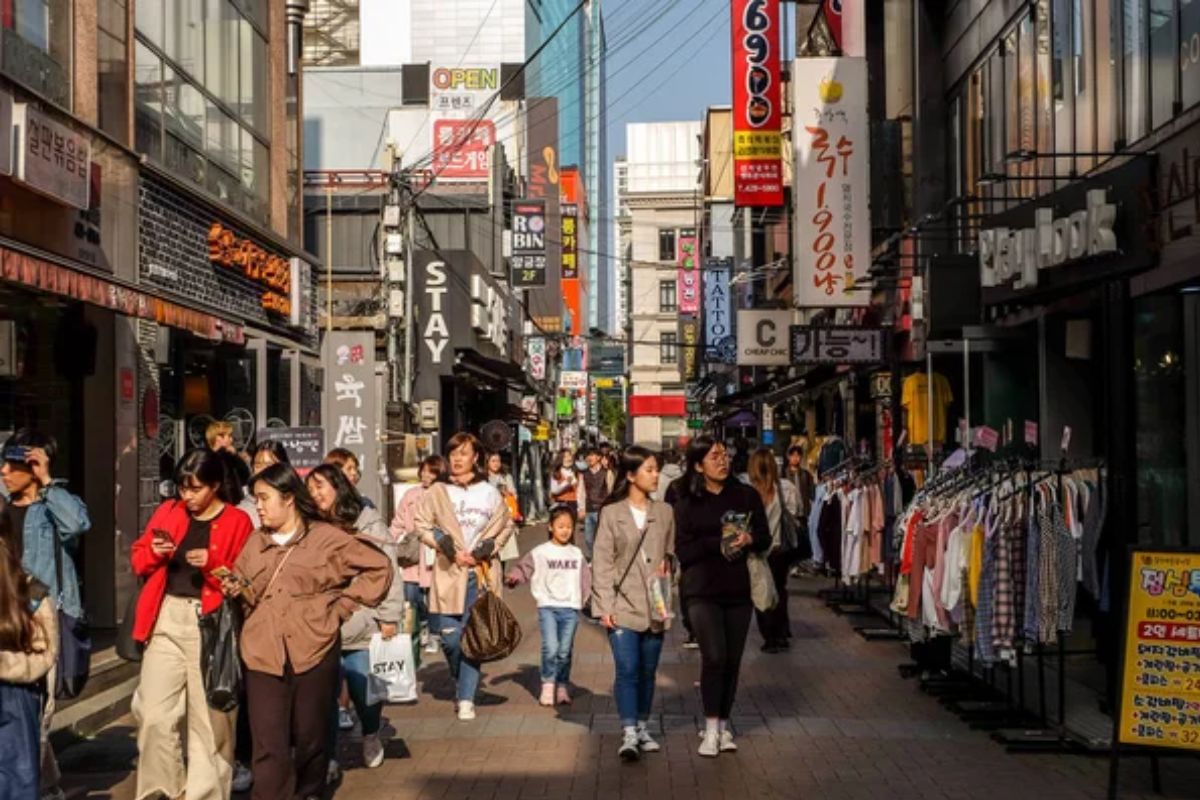
This central commercial area mixes shopping, cultural experiences, and entertainment in one walkable zone. The main car-free shopping street stretches for nearly a mile, lined with department stores, boutiques, and street performers.
Duck into the nearby Seomun Market for traditional shopping and authentic food stalls, or visit the colorful Kim Kwang-seok Memorial Street with its music-themed murals. The district’s central location puts it within walking distance of historical sites like Dalseong Park and modern attractions like Dongseongno Cultural Plaza.
The pedestrian-friendly layout makes it easy to transition between shopping sprees and cultural exploration without transportation delays.
Sokcho’s East Coast Hub
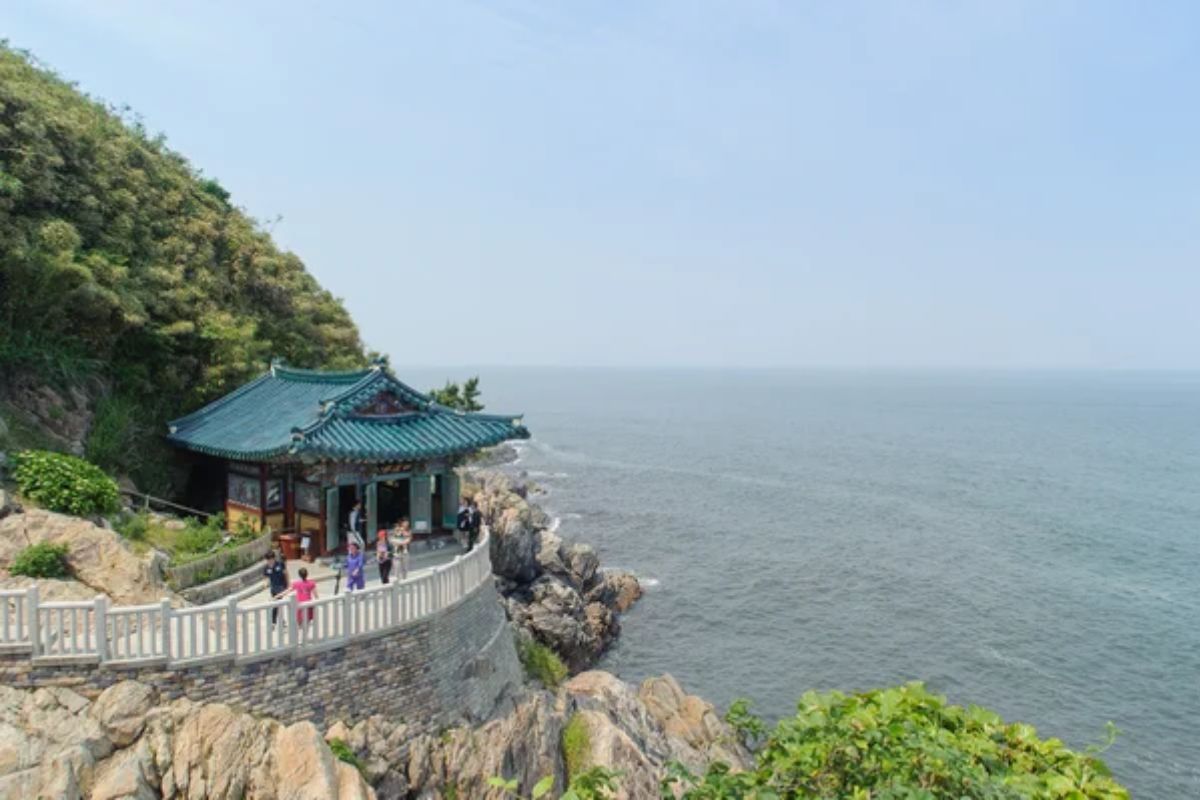
This coastal city positions natural wonders, cultural attractions, and culinary experiences in remarkable proximity. Begin at Sokcho Beach before heading to the adjacent Daepo Harbor Fish Market for fresh seafood tasting.
Just minutes away, Abai Village offers a glimpse into North Korean refugee culture and famous bowls of ojingeo sundae. The city serves as the gateway to Seoraksan National Park, where even a half-day visit allows enough time to ride the cable car and explore Sinheungsa Temple.
The concentrated nature of Sokcho’s attractions means you can experience mountains, beaches, and cultural sites, all without long travel times between destinations.
Like Travel Pug’s content? Follow us on MSN.
Andong Hahoe Folk Village
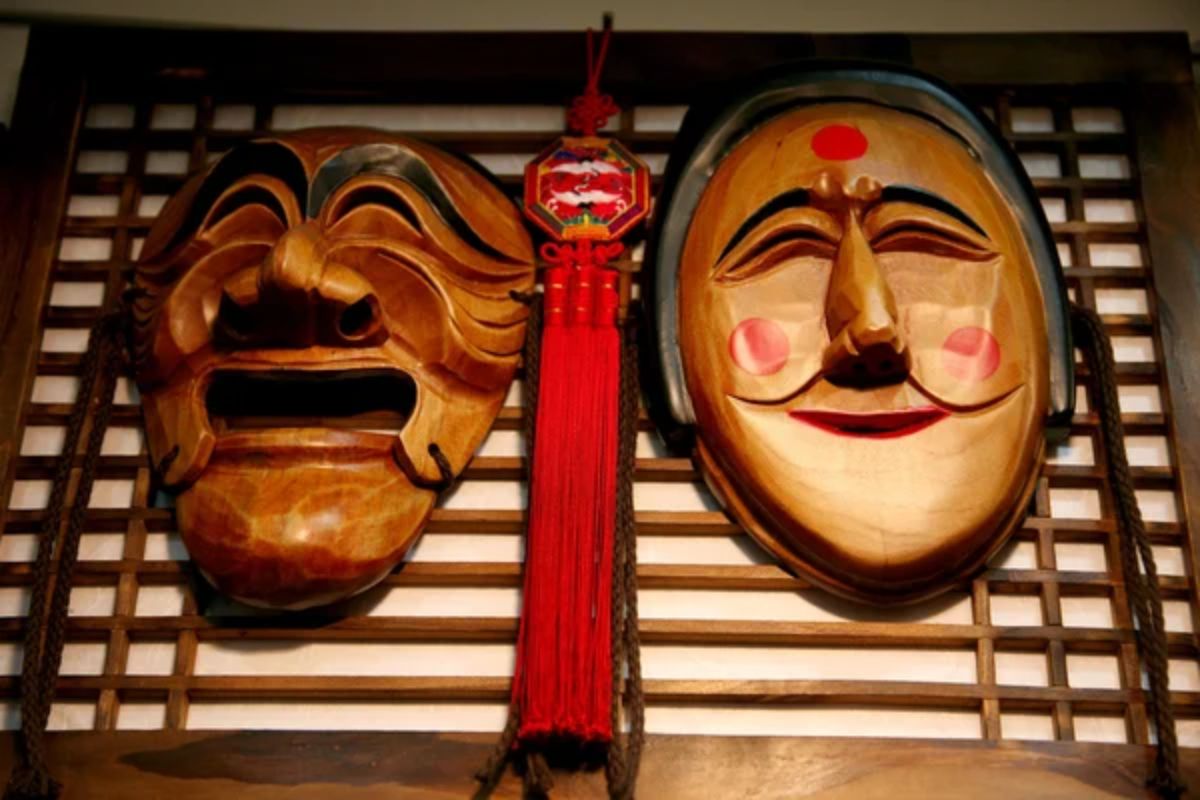
This riverside traditional village combines living history with natural beauty and spiritual experiences. The UNESCO-listed village preserves traditional architecture and lifestyle practices within a beautiful bend of the Nakdong River.
Within minutes of exploring the village center, visitors can hike to panoramic viewpoints, witness mask dance performances, and tour historical noble houses. Nearby Byeongsan Seowon Confucian Academy adds educational depth to the experience, all within a compact geographical area.
The village layout follows ancient feng shui principles that created an extraordinarily concentrated arrangement of cultural and natural attractions.
Incheon’s Songdo District

This futuristic smart city area offers ultra-modern experiences alongside traditional Korean elements. Visitors can walk the elevated Songdo Central Park Skywalk, rent bikes to explore the district’s extensive waterfront areas, and shop at premium outlet malls – all within a carefully designed urban space.
The nearby Incheon Bridge provides spectacular city views, while Solchan Park offers seasonal flower displays and recreational facilities. Despite its modern design, traditional Korean elements appear throughout the district in architectural details and landscaping choices.
The area’s concentrated development model means diverse experiences from shopping to outdoor recreation require minimal travel time.
Yeosu’s Harbor Area
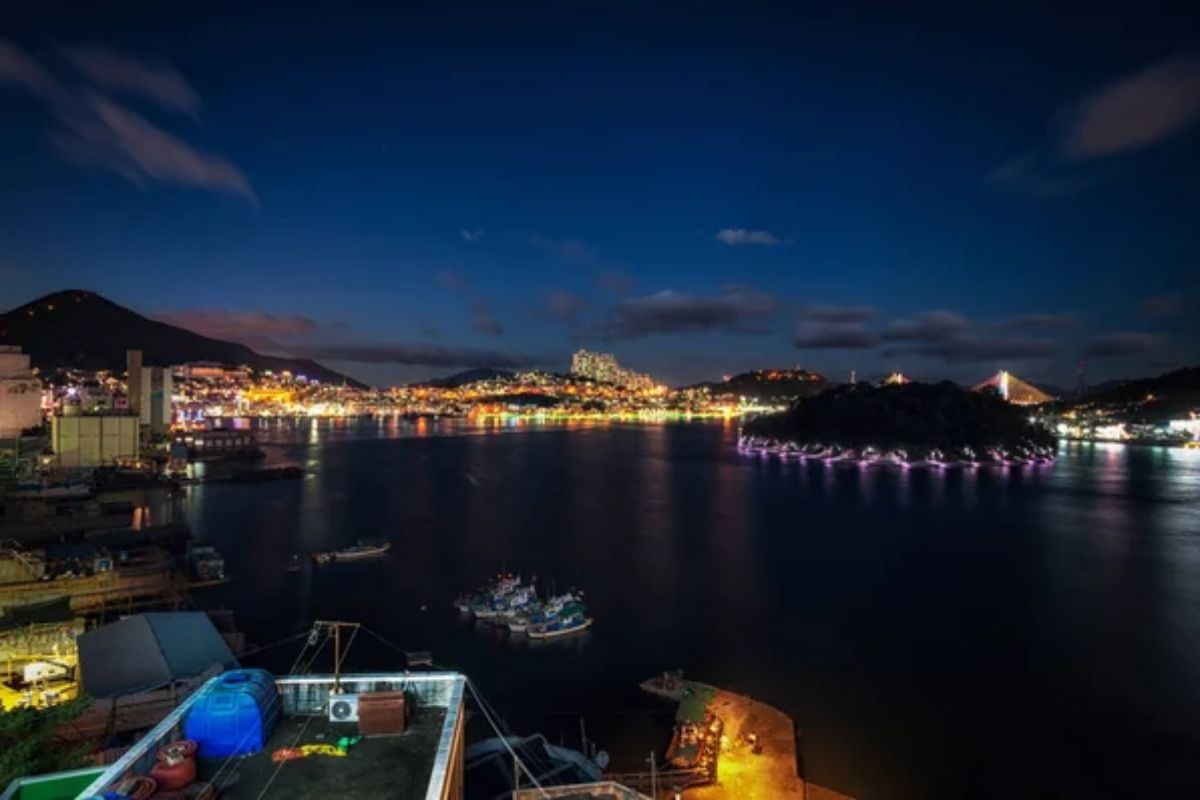
This southern coastal city concentrates on maritime attractions, historical sites, and natural beauty around its central harbor. The famous Dolsan Bridge, with its colorful evening LED display, connects to Odongdo Island, where botanical gardens and coastal trails offer natural exploration.
The nearby Maritime Cable Car provides aerial harbor views before depositing visitors near historical Jinnamgwan Hall. The entire harborfront transforms into a vibrant night market in the evenings, with everything from fresh seafood to handcrafted souvenirs available along illuminated pathways.
The city hosted the 2012 World Expo, leaving behind excellent infrastructure that connects its diverse attractions.
Like Travel Pug’s content? Follow us on MSN.
Daejeon’s Science District
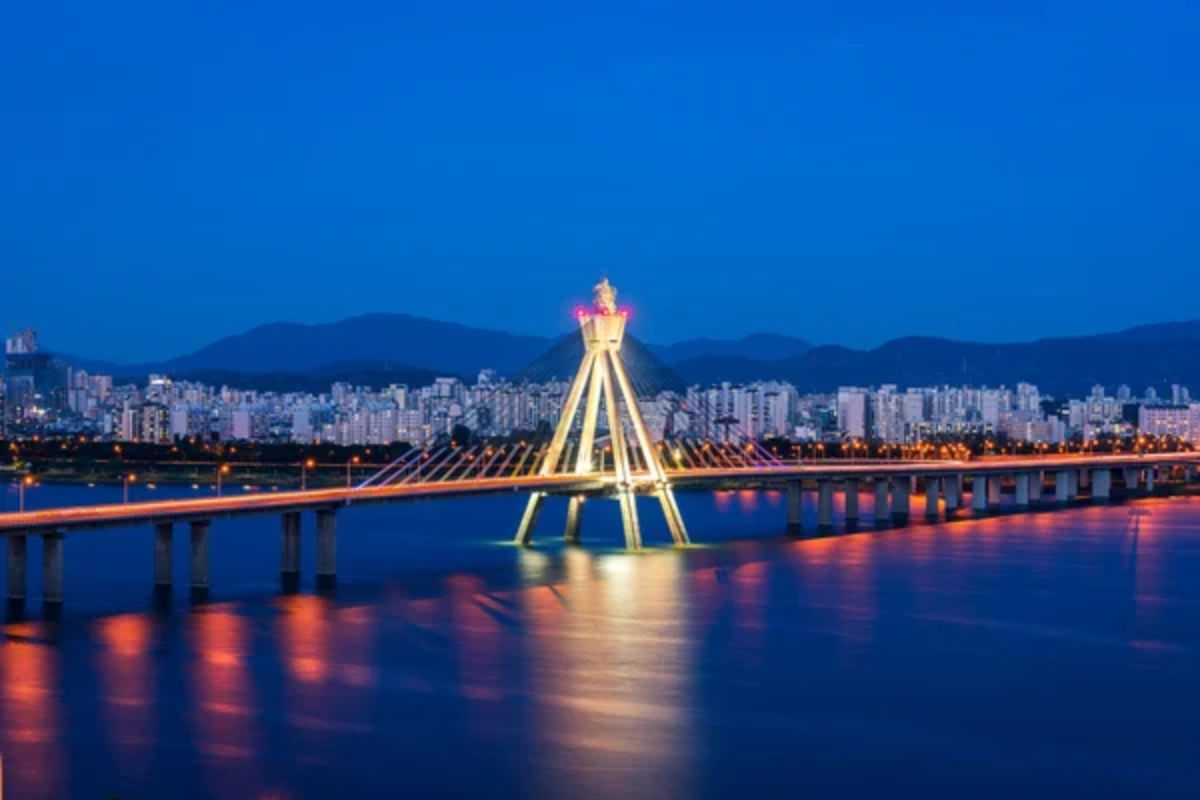
This central Korean city concentrates on scientific attractions, natural areas, and cultural experiences in one innovation-focused region. The massive Expo Science Park houses both the Daejeon National Science Museum and the hands-on National Science Museum, with interactive exhibits spanning multiple scientific disciplines.
Adjacent Expo Bridge leads to Hanbit Tower with its panoramic city views, while nearby Hanbat Arboretum offers a natural respite from technology immersion. The district’s thoughtful urban planning places complementary attractions within walking distance or short public transportation rides.
Even geological wonders like Daecheongho Lake and Gyejoksan Mountain sit just minutes from the city center for those seeking natural science experiences.
Tongyeong’s Harbor City
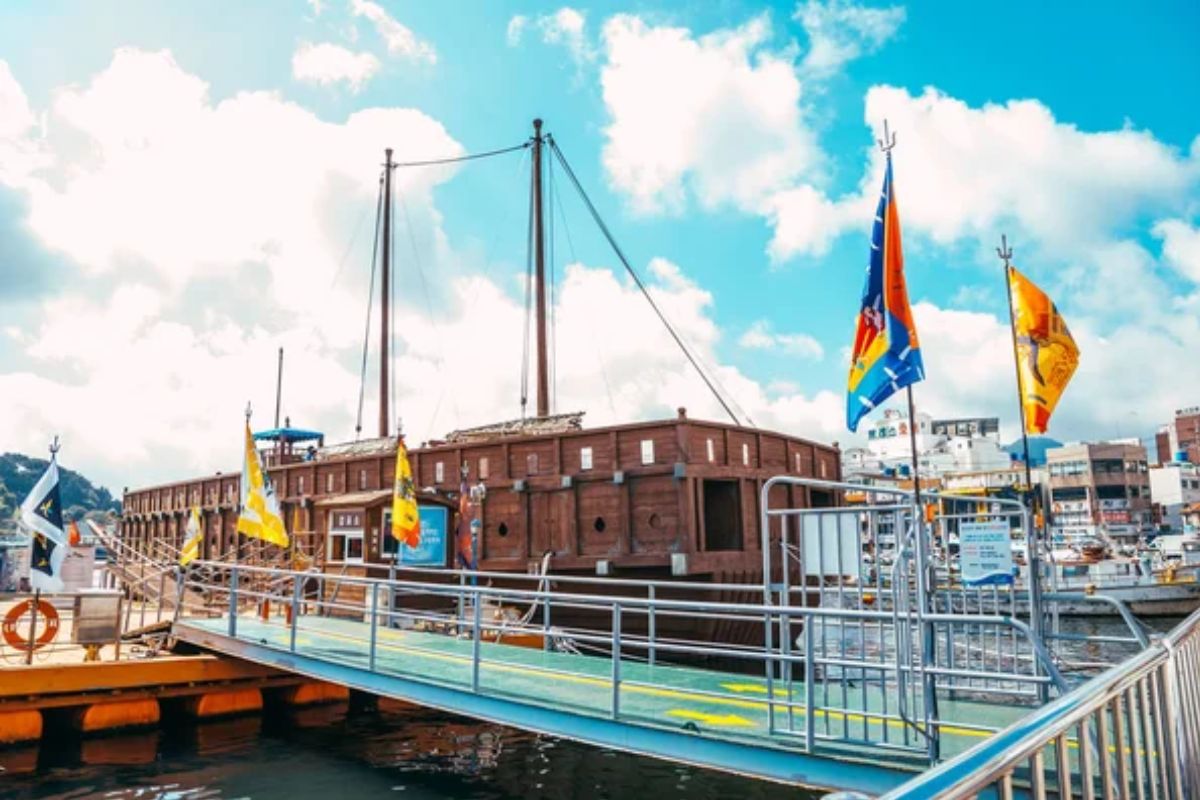
This southern port city arranges maritime attractions, cultural sites, and scenic viewpoints in a remarkably accessible layout. Begin at the colorful central harbor before riding the Hallyeosudo Cable Car to Mt. Mireuksan’s peak for panoramic archipelago views.
Return to explore the Dongpirang Wall Village with its vibrant murals, then visit the nearby South Gate Market for fresh seafood. The central area also houses the Tongyeong Marine Science Museum and Yi Sun-sin Park, commemorating Korea’s naval hero.
The city’s peninsula location creates a naturally concentrated arrangement of attractions with water views from nearly every location.
Chuncheon’s Leisure District
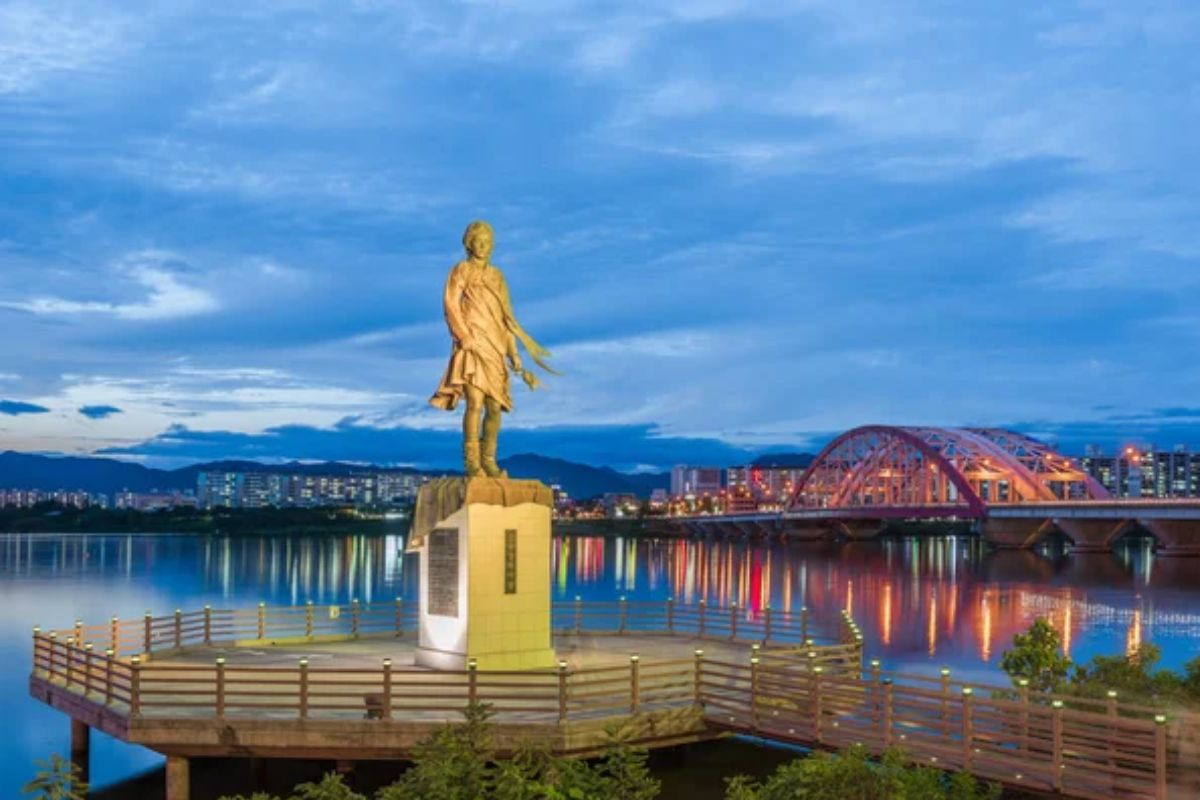
This lakeside city northeast of Seoul brings together natural beauty, filming locations, and culinary experiences in one visitor-friendly area. The shores of Lake Uiamho connect to Namiseom Island, famous for Korean drama locations, via a short ferry ride.
Nearby Gugok Waterfall offers hiking opportunities, while the Jade Garden provides botanical exploration – all within minutes of each other. The city’s famous Dakgalbi alley concentrates restaurants serving the local specialty chicken dish, creating a culinary destination adjacent to cultural attractions.
The area’s development focused on weekend tourism from Seoul, resulting in exceptionally efficient attraction clustering.
Like Travel Pug’s content? Follow us on MSN.
Ulsan’s Taehwagang River Area
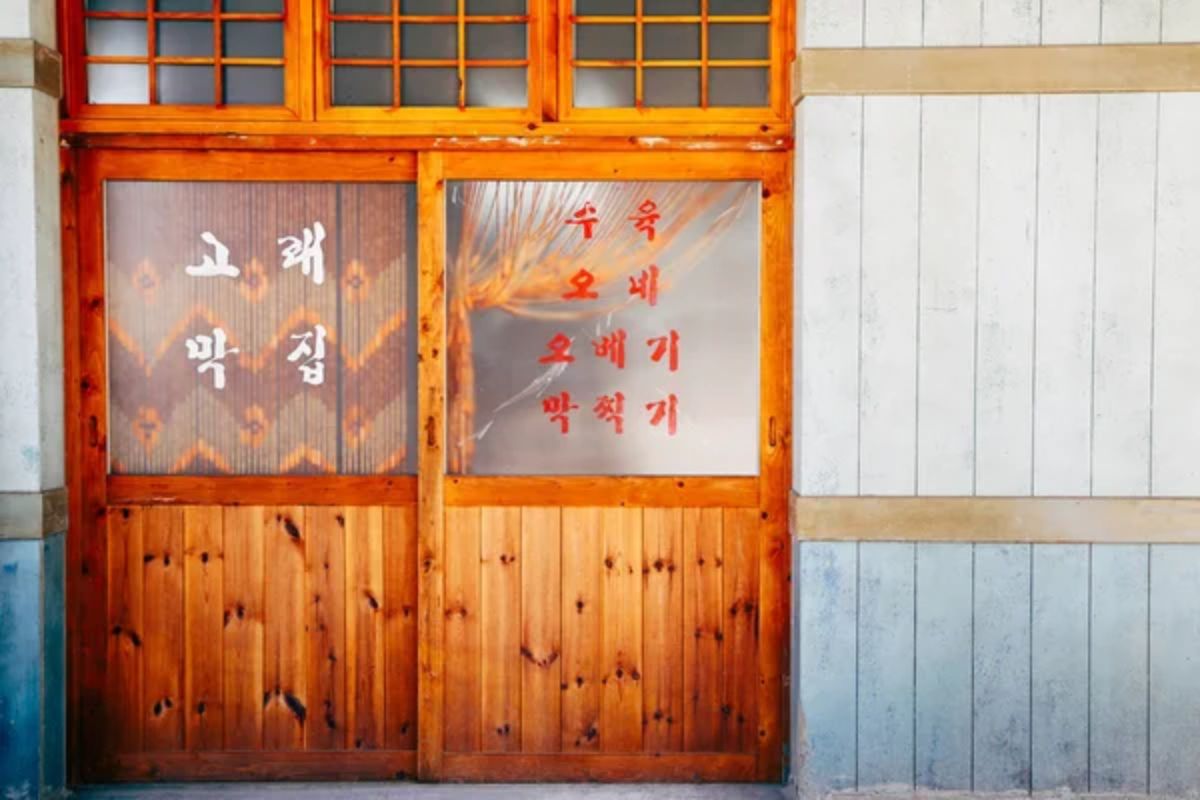
This industrial city’s revitalized river district combines natural recreation, cultural exploration, and urban amenities along one linear park. The Taehwagang River Bamboo Forest creates a natural corridor connecting to Daun Art Museum and the traditional Taehwa Village.
Parallel to these attractions runs a modern shopping district with cafes, restaurants, and entertainment venues. The area’s redevelopment prioritized walkability, with pedestrian bridges connecting attractions on both riverbanks.
Despite Ulsan’s industrial reputation, this central district creates an oasis where diverse experiences neighbor each other in surprising harmony.
The Connected Experience

South Korea’s emphasis on efficient urban planning and transportation infrastructure has created these remarkably concentrated destination areas. The country’s limited geography necessitated thoughtful development that maximizes experiences while minimizing travel time.
Whether you’re seeking historical immersion, natural beauty, culinary adventures, or cultural experiences, these destinations demonstrate how South Korea has mastered the art of doing it all in a day.
More from Travel Pug

- Cities Growing so Fast You Won’t Recognize Them in 10 Years
- 13 Destinations Where Tourists Regularly Regret Their Trip
- 20 Obscure WWII Sites Even History Buffs Don’t Know About
- 10 Under-the-Radar Mountain Towns That Are Both Affordable and Beautiful
- Remote Villages in Europe Where You Can Live for Free in Exchange for Work
Like Travel Pug’s content? Follow us on MSN.
